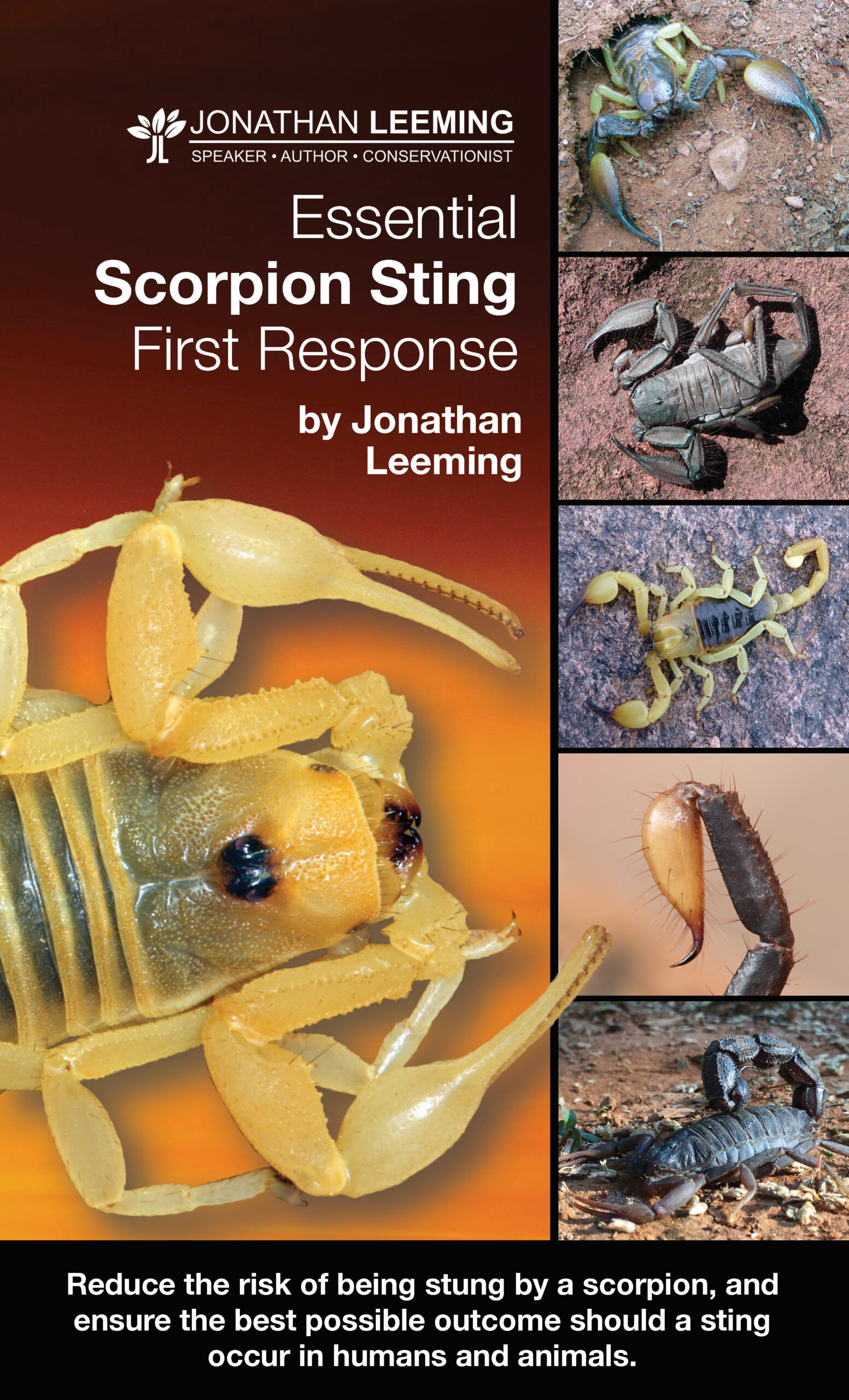(dated 25th July 2024)
The development of snake antivenom in South Africa began in 1901 by Dr Watkins-Pitchfont at the South African Institute for Medical Research (SAIMR) in Pietermaritzburg. In the 1940’s the SAIMR developed and started production of scorpion antivenom, on request from the Union Defence Medical Services to treat troops stationed in areas of Southern Africa inhabited by highly venomous scorpions. After development and production, the commercialisation of antivenom was handed over to the South African Vaccine Producers (SAVP) at the National Health Laboratories in Johannesburg, South Africa. Horses were found to be most suitable for the manufacturing of antivenoms.
SAVP scorpion antivenom is manufactured using venom harvested from the Transvaal Thick-Tail Scorpion (see page 102), supplied by various venom farms in South Africa according to stringent international guidelines. Horses are immunised with venom over an extended period. Initially, the horse is given a tiny dose of venom, and over time this dose is increased. In response to the toxins in the venom, the horse develops an immune response and the horses white blood cells produce antibodies.
After a few months, blood is extracted from the horse and the serum containing the antibodies is collected. What is left of the blood is put back into the horse. The horse serum is processed and a preservative is added.
SAVP scorpion antivenom is a liquid, packaged in 5ml glass ampoules. It is a schedule 4 drug that should be stored between 2°C and 8°C, and has a shelf life of 3 years from date of manufacture. SAVP antivenom is recommended where systemic symptoms occur (class 3 or 4 symptoms), especially where high risk species (see page 100) are involved and the patient is a child, the aged or when co-morbidities are present.
Antivenoms boost and support the immune response in the patient. An initial dose of 10ml (2 ampoules) is required intravenously, with an additional dose of 5ml every 6 hours until the symptoms improve. This additional dose is not always necessary. The same dose is used for children, adults and animals (if possible). The effectiveness of antivenom is gradual, peaking between 2 and 6 hours after administration. Administering antivenom intravenously ensures 100% bioavailability in the shortest time. SAVP scorpion antivenom is ineffective at treating a patient who has venom in the eyes. Allergic reactions to SAVP scorpion antivenom are uncommon or usually mild.
SAVP antivenom is the only product that is effective for class 3 and 4 symptoms in Southern Africa. New snake antivenoms from other manufacturers are beginning to be tested and registered for use, there may be an alternative to SAVP scorpion antivenom in the future.
However, since 2024, the erratic supply and eventual halt in production of all SAVP antivenoms has resulted in a frantic scramble to source alternative substitutes. Two alternative manufacturers have stepped in to produce effective and quality antivenoms equivalent to SAVP polyvalent snake antivenom.
Desperate for scorpion antivenom, some health departments in southern African countries have purchased alternative antivenoms which are not effective in treating the sting of southern African species of scorpion. This has resulted in a dangerous situation where the product that is relied upon to treat a patient is ineffective and in some instances even dangerous.
This dire situation has highlighted the urgency for multiple manufacturers supplying this life saving product. Without a scorpion antivenom, medical professionals are waiting with bated breath for the SAVP to restart production, or for new manufacturers to offer an equivalent product.
SAVP antivenom has been produced in much the same way for about 80 years. With new manufacturers developing new antivenoms applicable to southern Africa, the opportunity for more effective, safer and cheaper antivenoms is a reality.
I'm on a mission to reduce the burden of spider bites and scorpion stings across Southern Africa!
Public Events | Books & Workbooks | Presentations | Activities |Professional Development | Shop

